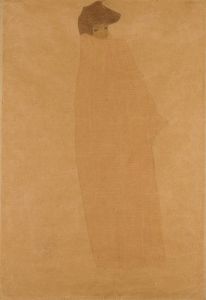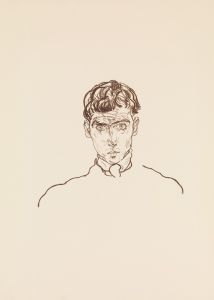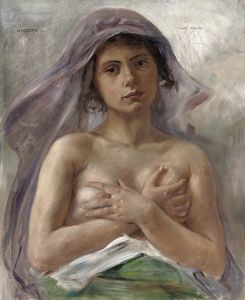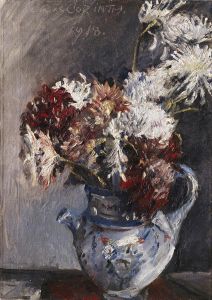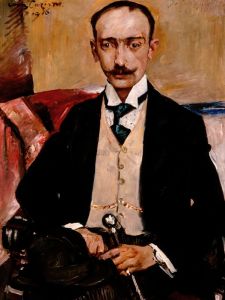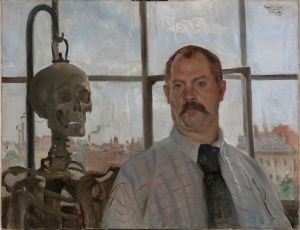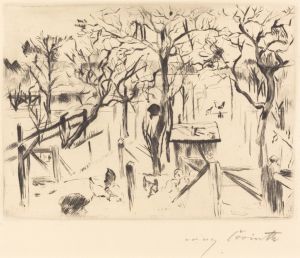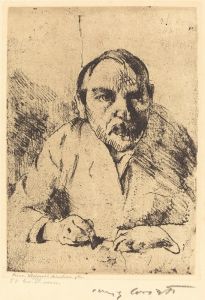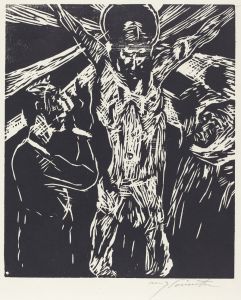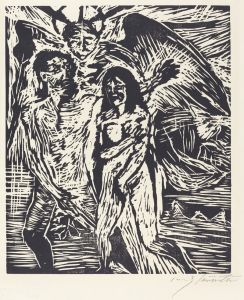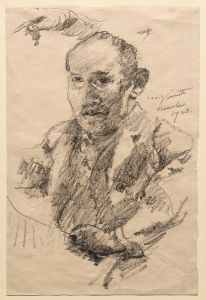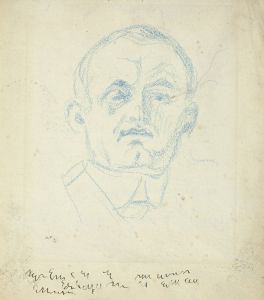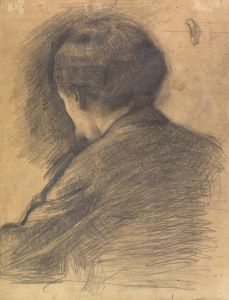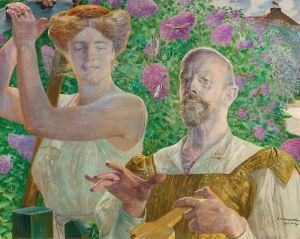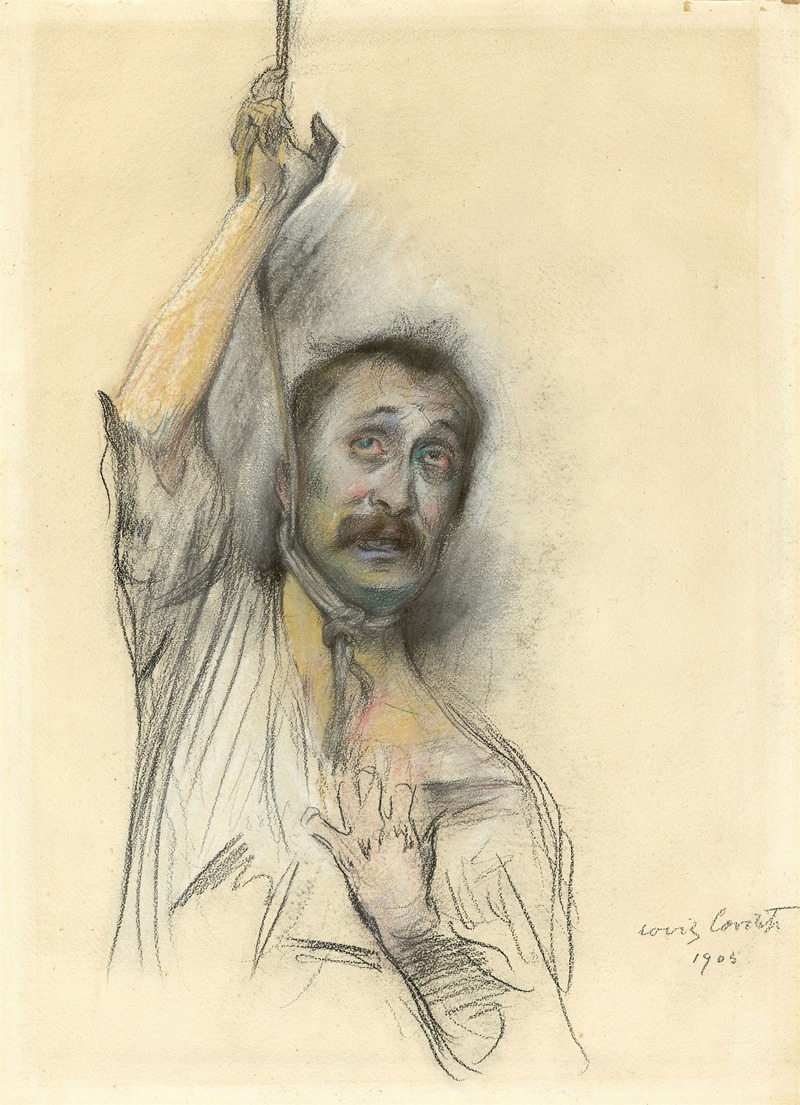
Self-portrait with Rope Around the Neck
A hand-painted replica of Lovis Corinth’s masterpiece Self-portrait with Rope Around the Neck, meticulously crafted by professional artists to capture the true essence of the original. Each piece is created with museum-quality canvas and rare mineral pigments, carefully painted by experienced artists with delicate brushstrokes and rich, layered colors to perfectly recreate the texture of the original artwork. Unlike machine-printed reproductions, this hand-painted version brings the painting to life, infused with the artist’s emotions and skill in every stroke. Whether for personal collection or home decoration, it instantly elevates the artistic atmosphere of any space.
"Self-portrait with Rope Around the Neck" is a painting by the German artist Lovis Corinth, created in 1923. Corinth was a prominent figure in the German art scene and a leading member of the Berlin Secession, an art movement that sought to break away from traditional academic standards and promote modernist approaches.
Lovis Corinth was born on July 21, 1858, in Tapiau, East Prussia (now Gvardeysk, Russia). He studied at the Academy of Fine Arts in Munich and later in Paris at the Académie Julian. Corinth's early work was influenced by the naturalism of the Munich school, but he gradually embraced Impressionism and later Expressionism, which is evident in his dynamic brushwork and vibrant use of color.
"Self-portrait with Rope Around the Neck" is a striking and introspective work that reflects Corinth's personal struggles and artistic evolution. The painting depicts the artist with a rope loosely draped around his neck, a powerful and somewhat unsettling image that has been interpreted in various ways. Some art historians suggest that the rope symbolizes Corinth's confrontation with his own mortality and the existential crises he faced during his later years.
In 1911, Corinth suffered a severe stroke that left him partially paralyzed on his left side. This event had a profound impact on his life and work, leading to a period of intense self-reflection and a shift in his artistic style. Despite his physical limitations, Corinth continued to paint, and his later works are characterized by a more expressive and emotional approach.
The self-portrait is notable for its raw and unflinching portrayal of the artist. Corinth's face is rendered with a sense of immediacy and vulnerability, capturing the psychological depth of his inner turmoil. The rope, while a dramatic element, is not tightly bound, suggesting a sense of resilience and the artist's determination to persevere despite his hardships.
The background of the painting is relatively simple, allowing the focus to remain on Corinth's face and the symbolic rope. The use of light and shadow adds to the dramatic effect, highlighting the contours of his features and the texture of his skin. The painting's composition and execution demonstrate Corinth's mastery of technique and his ability to convey complex emotions through his art.
"Self-portrait with Rope Around the Neck" is housed in the collection of the Staatliche Museen zu Berlin, Nationalgalerie. It remains one of Corinth's most compelling and discussed works, offering insight into the artist's personal struggles and his enduring commitment to his craft. The painting stands as a testament to Corinth's resilience and his significant contribution to modern art.





